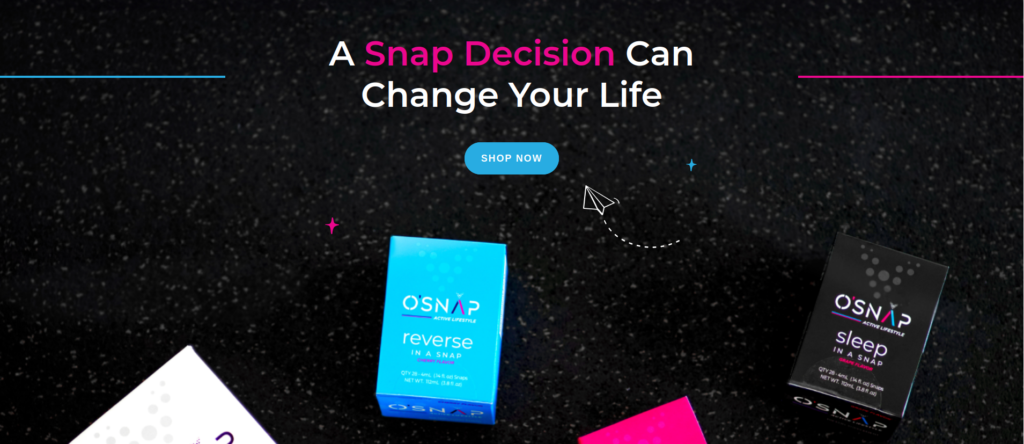Women and Banking
Banking For Women: Promoting Saving and Empowerment in the United States
In the United States, women have come a long way regarding financial independence and empowerment. However, despite these strides, there is still a significant gender gap regarding financial inclusion and economic opportunity. Banking for women is a critical component of this equation, as it provides access to essential financial services, promotes saving and investment, and contributes to long-term economic stability.
Empowering Women Through Banking
Lack of access to financial services has been a significant barrier to women’s financial inclusion for many years. Women are less likely to have bank accounts, credit cards, or other financial tools than men, leaving them vulnerable to economic shocks and limiting their ability to save and invest. This is particularly true for women of color and low-income women disproportionately affected by these barriers.
Banking for women can help to address these challenges by providing access to essential financial services such as checking and savings accounts, debit and credit cards, and loans. Banks and financial institutions can also tailor their products and services to meet the unique needs of women, such as providing financial education and resources on topics like budgeting, saving, and investing.
Promoting Saving and Investment
Saving and investing are essential components of financial health and long-term wealth building. However, women are often less likely to save and invest than men. According to a study by Fidelity Investments, women save less than men overall and are less likely to invest in the stock market.
Banking for women can help promote saving and investment by offering specialized savings accounts and investment products that cater to women’s unique needs and goals. For example, some banks offer savings accounts that reward customers for meeting specific savings goals or offer higher interest rates for longer-term savings. Banks can also provide investment services tailored to women’s preferences, such as socially responsible or impact investing.
Closing the Gender Gap
in Financial Inclusion, Banks and financial institutions have an essential role in closing the gender gap in financial inclusion and promoting women’s economic empowerment. By providing access to basic financial services, promoting saving and investment, and offering tailored products and services that meet women’s unique needs, banks can help women achieve financial independence and security.
In addition to these efforts, policymakers and advocates must continue to push for policies and initiatives that promote gender equality and financial inclusion, such as equal pay, affordable childcare, and access to affordable housing. Together, these efforts can help ensure women have the resources and support to achieve their financial goals and build a brighter future for themselves and their families.

Conclusion
Banking for women is critical to promoting financial inclusion and economic empowerment in the United States. By providing access to essential financial services, promoting saving and investment, and offering tailored products and services that meet women’s unique needs, banks can help women achieve financial independence and security. Policymakers, advocates, and financial institutions must work together to close the gender gap in financial inclusion and ensure that all women have the resources and support they need to build a brighter future.











.jpg)






Recent Comments